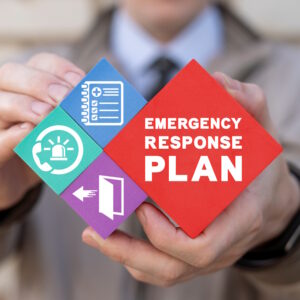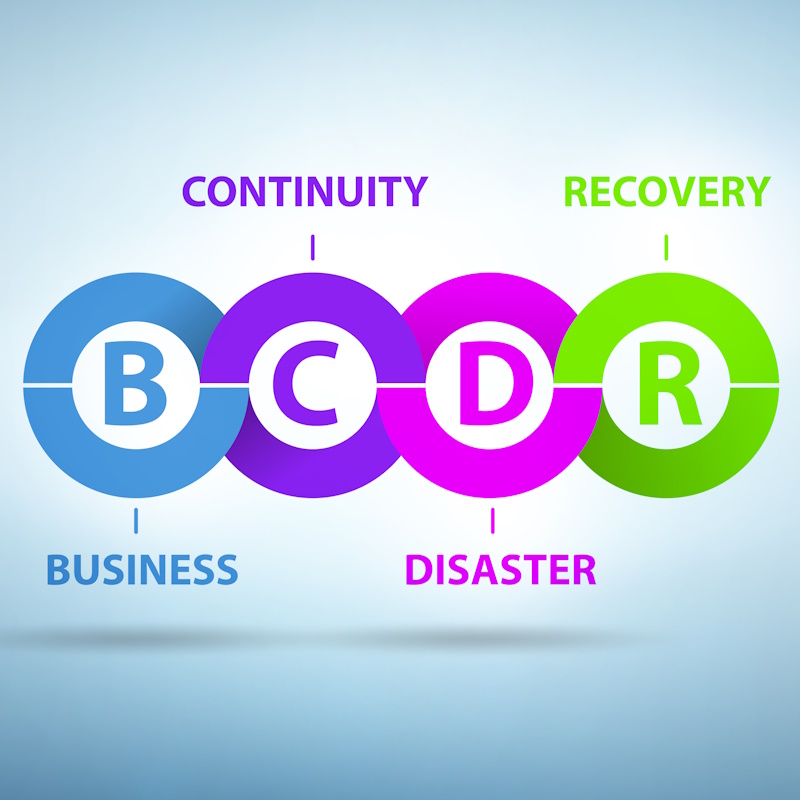Recent Posts
Categories

What is a Business Continuity Plan?
As a small business owner, you may have heard of the term business continuity plan, or BCP for short. But what exactly is a business continuity plan and why do you need one? A business continuity plan is a document that outlines how your business will continue to operate in the event of a major disruption. This includes events like a:
- Natural disaster
- Cyberattack
- Pandemic
- Power outage
A business continuity plan can help you minimize the impact of such incidents on your customers, employees, suppliers, and reputation. It will ensure that you can resume your normal operations as soon as possible.
A business continuity plan is not the same as a disaster recovery plan (DRP), which focuses on restoring your IT systems and data after a disaster. Instead, a business continuity plan covers a broader range of aspects such as human resources, communications, facilities, legal, financial, and crisis management. A BCP and a DRP should complement each other and be part of your overall risk management strategy.
What Does a Business Continuity Plan Include?
While there is no one-size-fits-all template, a business continuity plan usually consists of the following elements.

Business Impact Analysis
A business impact analysis identifies the critical functions and processes of your business, along with the potential threats and risks that could disrupt them. It also includes the estimated costs and consequences of such disruptions. In short, this analysis helps you understand what operations are going to hinder you from doing business and the threats that affect you from doing business as usual.

Risk Assessment
A risk assessment evaluates the likelihood and severity of each threat and risk. It prioritizes them based on their impact on your business objectives and operations. You may not be able to plan for every type of risk. However, if you prioritize the most severe threats with the most critical operations, you can be prepared and continue to do business in nearly any situation.

Mitigation Strategy
Once you’ve worked through the impact analysis and risk assessment, the next part of a business continuity plan is often a mitigation strategy. A mitigation strategy outlines the preventive measures and controls that you can implement to reduce the probability and severity of each threat and risk. Examples may include backup systems, security protocols, insurance policies, and emergency supplies. What are you going to do to prevent the threats from impacting your business?

Response Plan
Your response plan outlines who and how to respond to an incident or disruption. It specifies the roles and responsibilities of your staff, the procedures, and actions that they should follow. It includes the resources and tools that they should use in the event of a disruption, such as contact lists, communication channels, evacuation routes, and recovery sites.

Recovery Plan
After you have responded to the disruption, it is time to recover and restore normal operations. This section of a business continuity plan defines the steps and timelines for restoring your normal operations, the criteria, and metrics for measuring the progress and success of your recovery. It may include the backup and alternative options that you can use in case of delays or failures.

Testing and Review Process
Even a good plan can fail if not tested. The testing and review process validates the effectiveness and feasibility of your business continuity plan. It also identifies the gaps and weaknesses that need improvement. This allows you to update your BCP based on the feedback and lessons learned from the tests and reviews.
Do I Need a Business Continuity Plan?
A business continuity plan can help you prepare for the unexpected, protect your business assets and reputation, and enhance your resilience and competitiveness in the long run. It is not a static document that you create once and forget about. It is a living document that you should regularly review and update to reflect the changes in your business environment, needs, and goals.
Not sure where to start? ISOCNET can help. We offer businesses a free risk assessment, which helps identify the threats and risks in your network. This is often the first step in developing a BCP.
Learn more about the purpose of a business continuity plan, or contact us to get started on your plan today.



